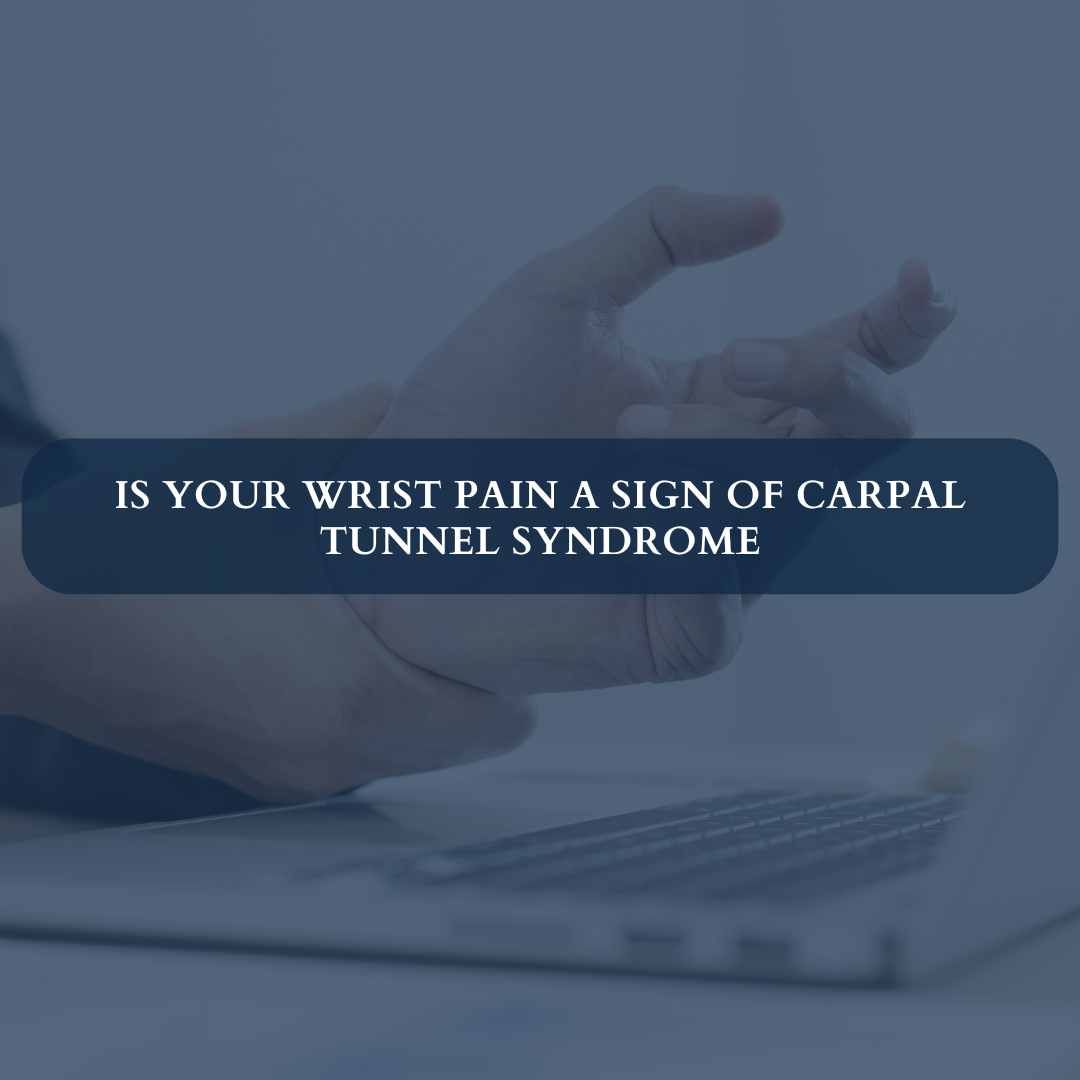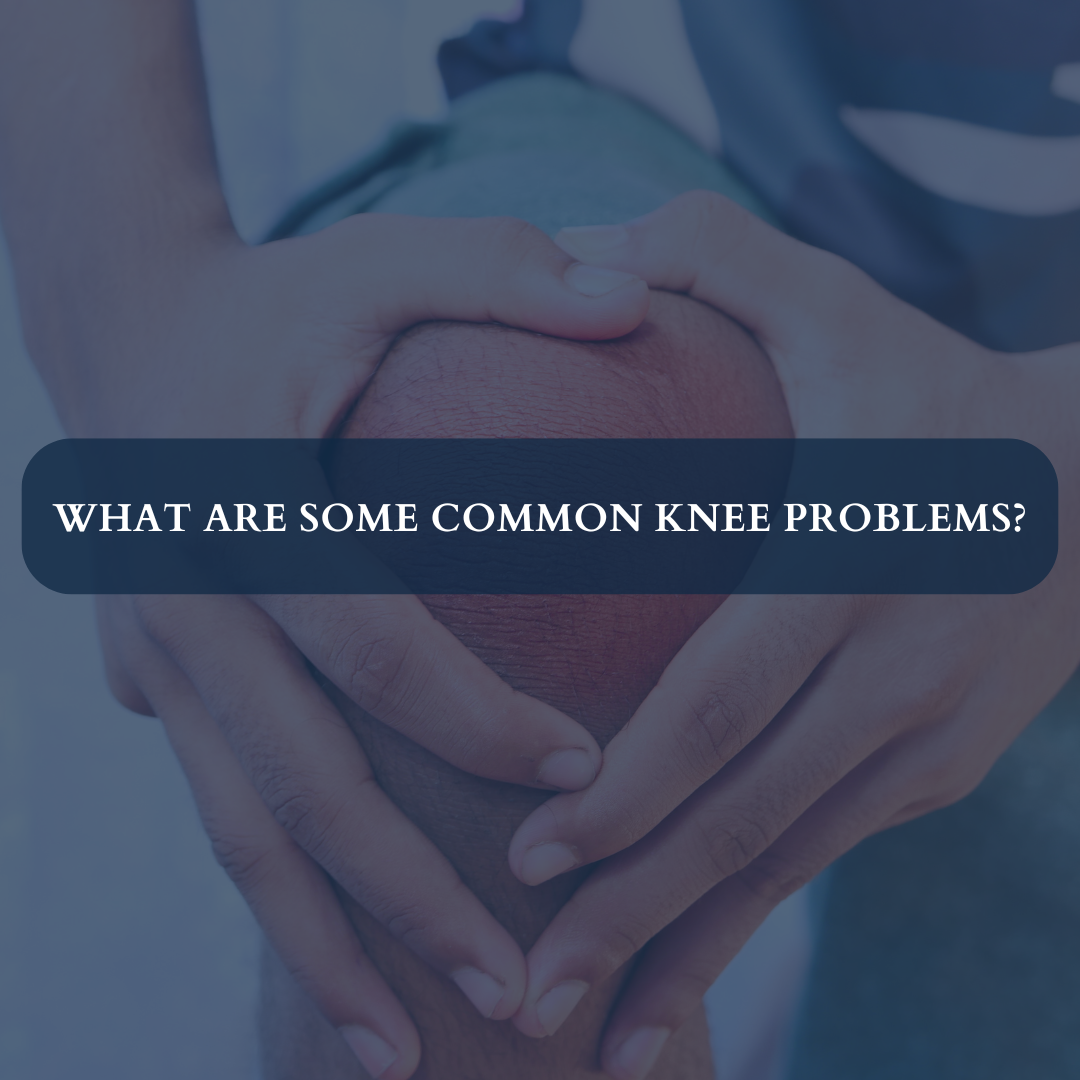Wrist pain can be a troubling and persistent issue, often hindering daily activities and reducing the quality of life. Among the various causes of wrist pain, Carpal Tunnel Syndrome (CTS) is a prevalent condition that deserves attention. This article delves into the symptoms, causes, diagnosis, and treatment options for Carpal Tunnel Syndrome, providing a comprehensive understanding of this condition.
Understanding Wrist Pain and Its Causes
Wrist pain can be a debilitating condition that affects daily activities and overall quality of life. While there are numerous potential causes for wrist pain, one of the most common and concerning is Carpal Tunnel Syndrome (CTS). This condition arises when the median nerve, which runs from the forearm into the palm of the hand, becomes compressed at the wrist. Understanding the symptoms, causes, and treatment options for CTS is crucial in managing and alleviating wrist pain.
Symptoms of Carpal Tunnel Syndrome
Identifying the symptoms of Carpal Tunnel Syndrome early can lead to more effective treatment. Common symptoms include:
- Numbness and Tingling: Often felt in the thumb, index, and middle fingers. This sensation may occur at night, disturbing sleep.
- Pain: Can extend from the wrist up the arm to the shoulder or down into the palm and fingers.
- Weakness: Affected individuals may find it difficult to grasp objects or perform tasks that require fine motor skills.
- Swelling and Stiffness: Some may experience swelling in the hand and wrist, accompanied by a feeling of stiffness.
Causes of Carpal Tunnel Syndrome
Carpal Tunnel Syndrome is often the result of a combination of factors that increase pressure on the median nerve and tendons in the carpal tunnel. These factors include:
- Repetitive Hand Movements: Activities that involve repetitive use of the hand and wrist, such as typing, assembly line work, or using vibrating hand tools.
- Anatomical Factors: Some individuals may have a smaller carpal tunnel, which can predispose them to CTS.
- Health Conditions: Conditions such as diabetes, rheumatoid arthritis, and thyroid gland imbalances can increase the risk of developing CTS.
- Pregnancy: Hormonal changes during pregnancy can cause swelling that affects the carpal tunnel.
Diagnosis of Carpal Tunnel Syndrome
Proper diagnosis is essential for effective treatment. Diagnostic methods include:
- Physical Examination: A thorough examination of the hand, wrist, and arm to assess symptoms and test for weakness in the muscles around the base of the thumb.
- Electrodiagnostic Tests: Nerve conduction studies and electromyography can measure the electrical activity of muscles and nerves.
- Imaging Tests: Ultrasound or MRI may be used to identify abnormalities in the median nerve or surrounding structures.
Treatment Options for Carpal Tunnel Syndrome
Treatment for Carpal Tunnel Syndrome varies depending on the severity of the condition. Options include:
- Non-Surgical Treatments:
- Wrist Splinting: Wearing a splint at night to keep the wrist in a neutral position can reduce pressure on the median nerve.
- Medications: Nonsteroidal anti-inflammatory drugs (NSAIDs) can help alleviate pain and inflammation.
- Corticosteroid Injections: These can reduce swelling and relieve symptoms.
- Physical Therapy: Exercises to stretch and strengthen the muscles of the hand and wrist.
- Surgical Treatments:
- Endoscopic Surgery: A minimally invasive procedure where a small camera is used to guide the cutting of the carpal ligament.
- Open Surgery: Involves making an incision in the wrist to cut the carpal ligament and enlarge the carpal tunnel.
Preventing Carpal Tunnel Syndrome
While not all cases of Carpal Tunnel Syndrome can be prevented, certain measures can reduce the risk. Prevention tips include:
- Ergonomic Adjustments: Ensuring workstations are set up to reduce strain on the hands and wrists.
- Taking Breaks: Regular breaks during repetitive tasks can help reduce stress on the wrist.
- Wrist Exercises: Stretching and strengthening exercises can improve flexibility and strength.
- Proper Posture: Maintaining good posture can prevent additional stress on the wrists and hands.
When to Seek Medical Attention
If wrist pain persists or worsens despite home treatment, it is important to seek medical attention. Signs that warrant a visit to a healthcare professional include:
- Persistent Numbness and Tingling: If these symptoms do not improve with rest or conservative treatments.
- Loss of Grip Strength: Difficulty holding objects or performing tasks that require fine motor skills.
- Severe Pain: Pain that does not respond to over-the-counter medications or home remedies.
- Symptoms Affecting Daily Activities: If wrist pain is interfering with your ability to perform daily activities or work.
Also Read
7 Common Causes of Wrist Pain You Never Knew About (And How to Fix Them)
Conclusion
Wrist pain can be a symptom of Carpal Tunnel Syndrome, a condition that, if left untreated, can lead to significant discomfort and impairment. Recognizing the symptoms early and seeking appropriate treatment can help manage and alleviate wrist pain. Through a combination of non-surgical and surgical treatments, individuals can find relief and regain their quality of life. Taking preventive measures can also reduce the risk of developing CTS and promote overall wrist health.
Ready to explore your options for chiropractic and physiotherapy? Contact SwastyaPhysio today to schedule a consultation and discover the best path to your wellness journey. We’re here to support your health every step of the way.
Banaswadi | HBR layout | Kalyan Nagar | Kammanahalli | Horamavu | Hennur






